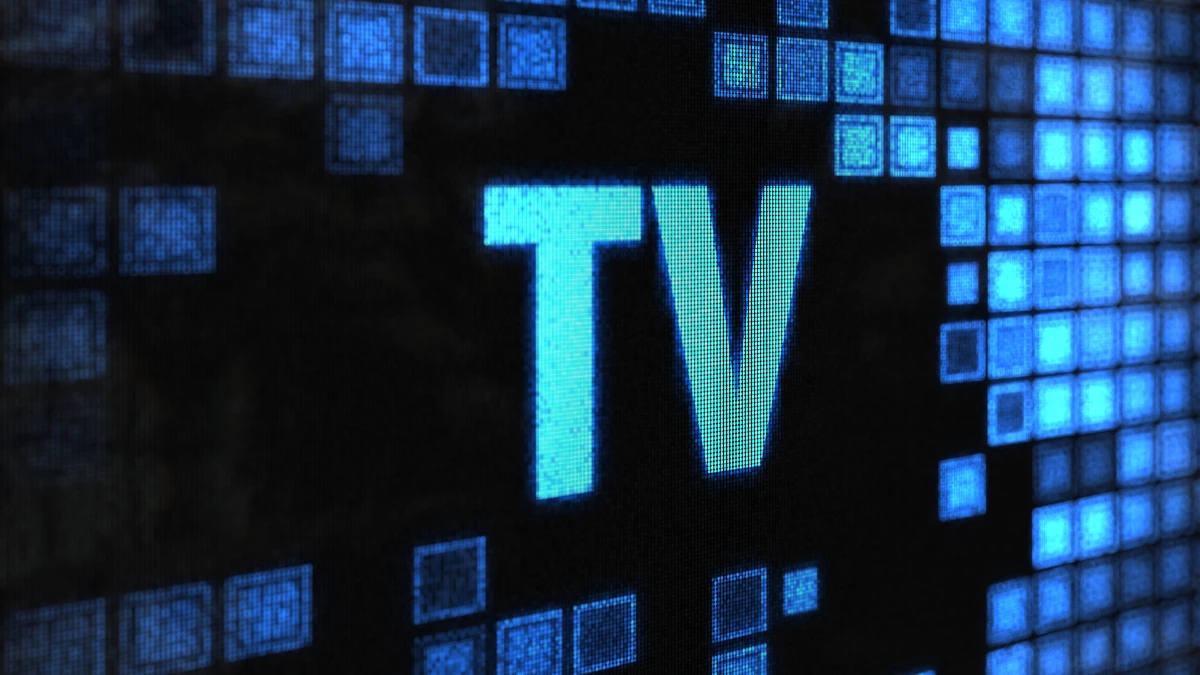Digital TV has rapidly transformed how we experience television, offering clearer visuals, superior sound quality, and a wide range of interactive features that were once unimaginable with analog systems.
However, while its benefits are impressive, the transition to Digital TV also presents some significant challenges that can’t be overlooked. Understanding both the powerful advantages and critical disadvantages of Digital TV is essential for viewers who want to make the most of this advanced broadcasting technology.
In this article, we’ll dive into the three most important pros and cons of Digital TV, helping you make an informed decision about embracing this modern entertainment platform.
Also Read
Table of Contents
The Advantages of Digital TV

1. Interactive features
Digital TV not only delivers broadcasts with better picture and sound quality but also provides various interactive features that enrich the viewing experience. One popular feature is the Electronic Program Guide (EPG), which allows users to view a complete and well-organized schedule of events.
In addition, digital TV supports high-resolution (HD) broadcasts that provide sharper and more realistic images. Some TV stations also provide access to subtitles which is very useful for viewers with special needs or who want to enjoy content from foreign languages. The presence of these features makes digital TV more attractive and practical compared to analog TV.
2. Good quality of audio and visual
Digital TV offers a much sharper and more detailed picture quality compared to analog TV. Digital technology allows the images displayed to be clearer, with higher resolution and more accurate colors.
In addition, the sound quality produced is also much cleaner and clearer without interference such as hiss or noise that often occurs in analog broadcasts. Even in low signal conditions, digital TV can maintain good sound quality.
This makes for a more comfortable and enjoyable viewing experience, especially when watching high-resolution shows or content that has high-quality audio.
3. The efficient frequency
One of the main advantages of digital TV is the efficiency in frequency usage. With digital signal technology, more channels can be broadcast over the same frequency compared to analog broadcasting which requires a separate frequency for each channel.
This allows service providers to offer more viewing options to viewers without the need to spend more resources. Moreover, this efficiency also allows for more optimized frequency usage and better spectrum allocation, which in turn supports the development of other communication technologies.
The Disadvantages of Digital TV

1. Needs additional device
Digital TV requires an additional device in the form of a Set-Top Box (STB). The STB is used to capture digital signals and convert them into a format that can be displayed by analog TV.
Without this device, analog TV cannot receive digital broadcasts. Purchasing an STB certainly requires additional costs, which some people may find burdensome.
In addition, installing and setting up an STB also requires a certain technical understanding, which can be difficult for people who are less tech-savvy.
2. A signal trouble
While the quality of digital TV broadcasts is generally better, signal issues are still a problem in some areas. Digital signals are “all or nothing”, meaning that if the received signal is too weak or blocked by buildings or geographical conditions, the picture and sound will not appear at all or will be intermittent.
This is in contrast to analog TV which can still display images even with poor quality. To solve this problem, users often need to use specialized antennas or antennas with better signal strength. For those living in remote areas or with difficult geographical conditions, this problem can be a challenge.
3. A bumpy transition
Switching from one channel to another on digital TV usually takes longer than analog TV. This is due to the more complex process of decoding digital signals, where devices such as Set-Top Boxes (STBs) or TVs with built-in digital tuners need to identify, decipher, and convert the signals into displayable images and sounds.
In addition, the device must synchronize the audio and video every time a channel switch is made. This delay can be exacerbated by weak or unstable signals, as well as low-spec devices that take longer to process the signal.
While this is considered a drawback, it is a consequence of digital signal processing being more complex and sophisticated than analog technology.
That’s the advantages of disadvantages of Digital TV. Hopefully, knowing the good and the bad about Digital TV can help you decide if it’s the right choice and enjoy a better viewing experience.


















